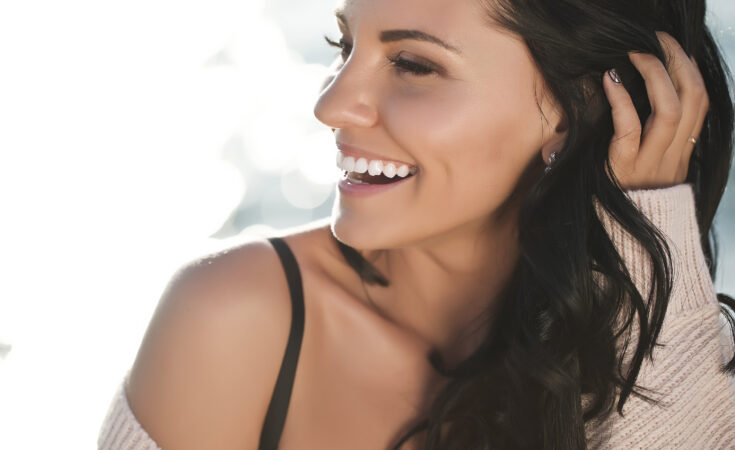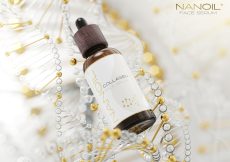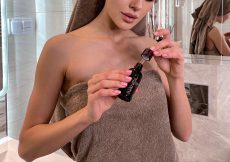They are literally everywhere: in face moisturizers, shampoos, pharmaceuticals, sweets, dairy products… Parabens are common in cosmetics, drugs and food products. Despite their “popularity”, there are plenty of opponents of these substances. Do parabens really cause harm? How to recognize the bad ones? Where can you find them and how to avoid them? Let me tell you about the controversial preservatives in beauty products, pharmaceuticals and food.
What are parabens?
Parabens are acid esters that have a quite long chemical name (parahydroxybenzoates). The “paraben family” is big because different types come from different alkyl groups: methylparabens, methylparabens, propylparabens, butyl parabens and heptyl parabens.
Simply put, parabens are synthetic preservatives which secure products from mold and germs. This sounds great, doesn’t it? Parabens extend the freshness of products by even several months, not changing the qualities of products such as the color, aroma or consistency. Why have they been so notorious for around twenty years if they do so many great things?
Are parabens harmful?
Sure they are. If they were fully safe, there wouldn’t be so much fuss about them. Obviously there are supporters who want to keep using them in the industry because they are cheap and effective. Due to being regarded as hazardous, parabens have been one of the most thoroughly tested preservatives. Despite that, we are still doubtful about using them. What makes us suspicious?
Let’s go back to 2004 when toxicological tests among breast cancer patients showed pure forms of parabens that must have penetrated their bodies through the skin. This was a big shock for the cosmetic, pharmaceutical and food industry. Can parabens make businesses suffer because of monetary penalties or criminal liability? Should we run away from them or not? Shockingly, parabens are blamed for yet another thing!
Parabens are said to imitate estrogenes which cause decrease in fertility in men. Consequently, cosmetic companies got a bit scared and started to introduce paraben-free products. What does this mean in reality? Parabens are replaced by other preservatives that remain mysterious for ordinary consumers. Thankfully, proper institutions are investigating the effect of different parabens on our health.
How do you know which parabens are bad?
Good question, indeed. The answer is the key to understand the paraben issue. In the past, all parabens were treated the same. Tests carried out in 2011 showed that not all parabens and not all concentrations are hazardous.
Example: propylparaben and butylparaben pose health hazards but are harmless if lower concentrations are used in beauty products, pharmaceuticals and food.
On the other hand, methylparabens and ethyl parabens are regarded as fully safe. Unfortunately, there is no proof concerning the safety of more complex parabens such as isopropyl parabens.
Generally speaking, the fans of natural beauty products believe that most parabens are bad and even the “safe” concentrations, which are used by cosmetic companies who insist on using cheap preservatives, are dangerous.
Where can you find parabens?
Parabens are found in all products that are exposed to bacteria, go off fast (moisturizers, body lotions, skin toners, lipsticks, lip glosses) and have long expiration dates (make-up powders, foundations). They are also added to most deodorants and perfume. In other words, it seems like we can’t escape them… If you try to avoid them, you’re right. Even if a concentration of parabens in your cream is low, your face cleanser, serum or toner may also contain them in small amounts, which altogether give you a dangerous amount… It’s a risky world we live in!
How to avoid parabens?
Seek paraben-free products among eco-friendly, natural cosmetics. DIY face moisturizers are great because they are free from preservatives. As far as skin toners go, use herbal tea (chamomile, white tea), flower water (rose, neroli), cucumber or aloe vera juice.
What else poses hazards apart from parabens?
I’m sorry but there are lots of substances to avoid. Other dangerous preservatives in beauty products, pharmaceuticals and food include:
- alcohols (there are good and bad ones, avoid ones like alcohol denat).
- derivatives of carboxylic acids, aldehydes, phenols, guanidine.
- organic mercury compounds.
- microplastics.



